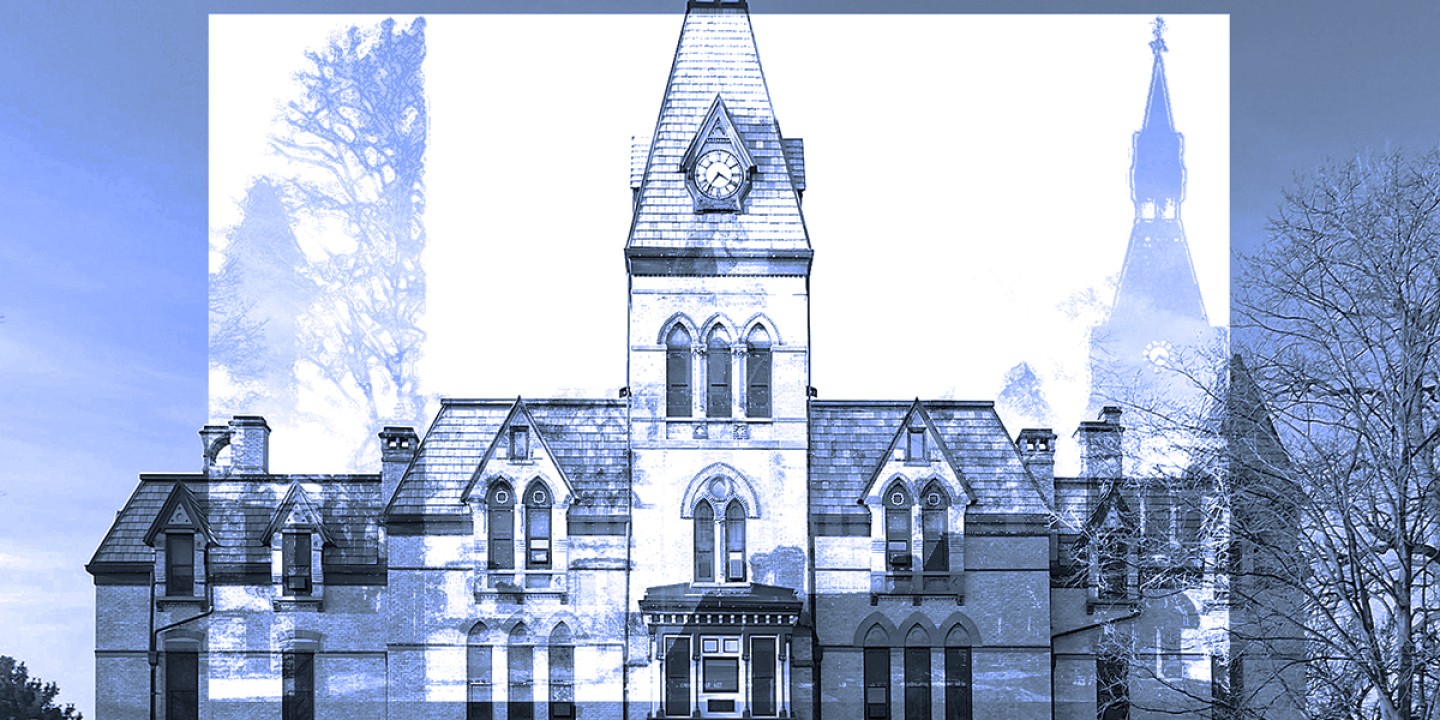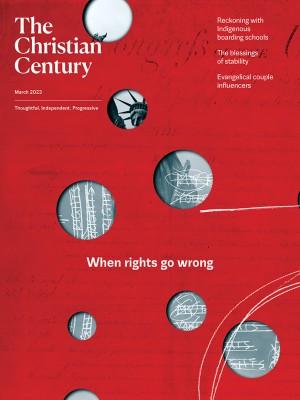What went wrong at Hamline?
The administration’s reaction to a classroom conflict reveals a deeper problem in higher ed.

In October, Erika López Prater showed a painting of Muhammad to an art history class at Hamline University, a United Methodist-related school in St. Paul, Minnesota. The adjunct professor warned students in advance and repeatedly invited them to raise concerns with her or opt out. Muslim student Aram Wedatalla did neither—but she did stay after class to express her discomfort, given her religious objection to depictions of the Prophet. Then she went to the administration.
López Prater’s offer to teach the following semester was soon rescinded. Hamline administrator David Everett sent an all-staff email characterizing López Prater’s action as Islamophobic. Later another email, cosigned by Everett and university president Fayneese S. Miller, argued that respect for Muslim students “should have superseded academic freedom.” Since then López Prater has sued Hamline, Everett and Miller have walked back some of their statements, and the faculty has voted to ask for Miller’s resignation.
Read our latest issue or browse back issues.
It’s hard to fault López Prater. The painting in question is a masterpiece of a particular Islamic—not at all Islamophobic—tradition. It’s become a standard of survey courses. Of course, a given student might take offense anyway—a problem López Prater anticipated and tried to address in advance.
But it’s also hard to dismiss Wedatalla’s reaction. At a forum Hamline held, she appeared on a panel alongside other Muslim students. All were also Black—Wedatalla is Sudanese—and they spoke of a broad, multifaceted problem of exclusion and insensitivity on campus. The picture that emerges looks less like a stark conflict between teacher and student and more like a complex mix of diverse needs, disparate goals, and competing rights claims. It’s not even clear that the Muslim students specifically asked for López Prater’s firing.
Not that they needed to ask. The party that comes off the worst here is the administration, which reacted hastily and crudely. Everett and Miller were right to be concerned about the well-being of Black Muslim students. But their quick choosing of sides helped to pit students and a fundamentally sympathetic instructor against each other. And by prioritizing the feelings and sensibilities of religious students over academic concerns, they revealed parallels with conservative state school administrators elsewhere who are using the law to silence progressive faculty.
“I believe in academic freedom,” López Prater’s department chair told her after the incident, “so you have my support.” It wasn’t enough. Everett and Miller said little in support of academic freedom until López Prater filed suit following her dismissal.
Perhaps they would have invoked her academic freedom were it a meaningful entity in the first place. But López Prater was an adjunct instructor with few such protections. When the conflict arose, it was all too easy to simply cut the adjunct loose. After the suit, the administrators named their growing awareness of the complexities of the religious question within Islam and their eagerness to learn more. This curiosity would have been welcome before they fired her. They could have approached this as the thorny problem it was and encouraged a dialogue—one that included López Prater—within the community.
But that would require them to see adjuncts as part of that community in the first place. In an email to Hamline colleagues, Everett invoked the word “community” repeatedly. Communities, of course, exclude along with embracing, and administrators’ vision of community tends not to meaningfully include adjunct faculty. Along with being overworked and drastically underpaid, they are afforded few protections. Until that changes, it’s hard to imagine that the next academic freedom flap involving an adjunct will turn out any better.





